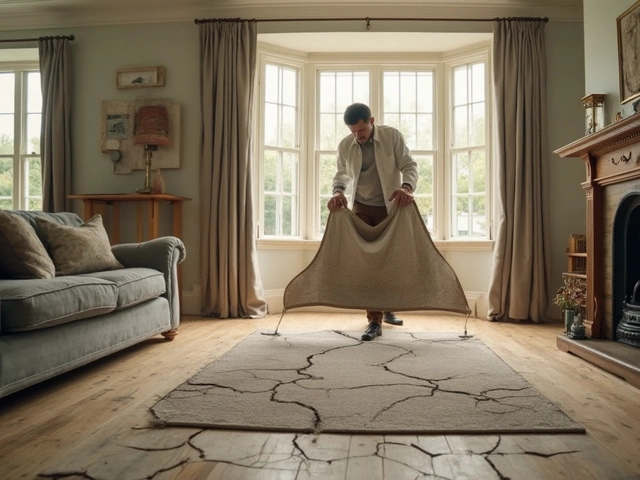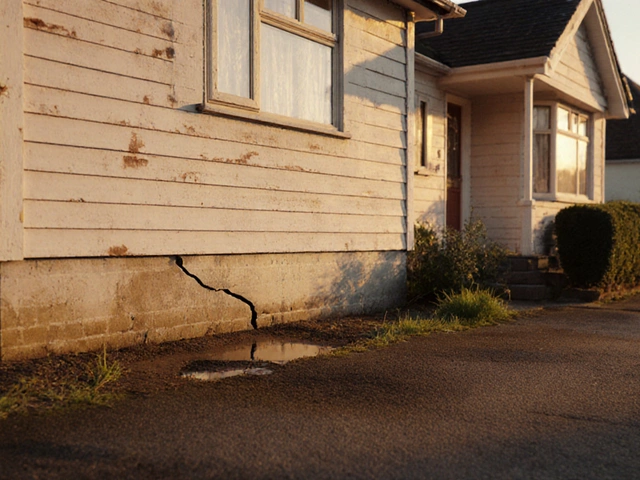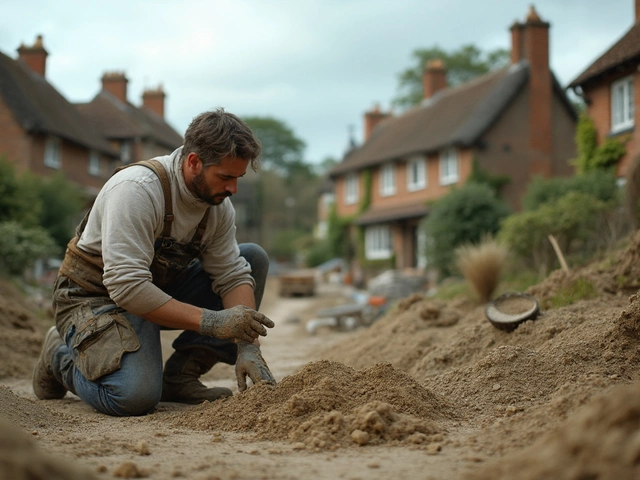How Long Does It Take to Fix a House Foundation Crack?
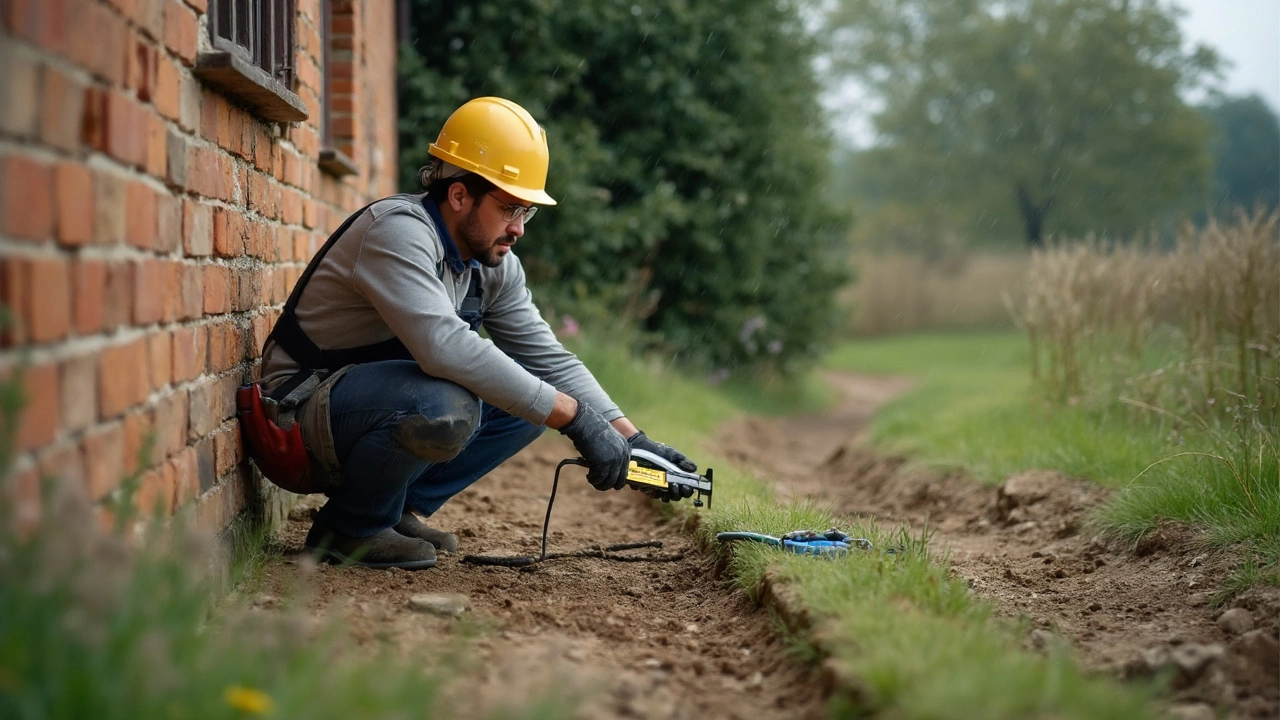
So, you've spotted a crack in your house's foundation, and you're wondering how long it's going to take to get it fixed. The answer isn't one-size-fits-all. It depends on several factors like the size of the crack, the underlying cause, and even the weather conditions when you plan to do the repair.
Smaller hairline cracks might just take a day or two to repair with basic methods. On the other hand, if you're dealing with a major structural issue, you're looking at a more complex fix that could take weeks to properly address, especially if it involves complex underpinning or external waterproofing.
It's also worth noting the importance of getting a proper assessment before diving into repairs. A structural engineer can provide insight into whether the crack is simply cosmetic or if it's a warning sign of a bigger problem. This assessment can influence not only how long the repair will take but also what repairs are needed.
Stay tuned to learn more about assessing foundation damage, choosing the best repair method, and whether you should tackle it yourself or call in the pros.
- Understanding Foundation Cracks
- Assessing the Damage
- Repair Methods
- Timeframe for Repairs
- DIY vs. Professional Help
Understanding Foundation Cracks
Before rolling up your sleeves to fix a crack in your house, let's get a good grip on what you're dealing with. Foundation cracks aren't all the same, and knowing the difference helps decide the right fix and timeframe.
Types of Foundation Cracks
Generally, cracks are categorized into three types: hairline, structural, and settlement cracks.
- Hairline cracks: These are thin and often just cosmetic, common in newly built homes. They may not pose a structural threat and can usually be managed with simple solutions.
- Structural cracks: These can be wider than 1/4 inch and often indicate more serious issues, like settling or soil movement. They need prompt attention to prevent further damages.
- Settlement cracks: Arising from natural ground movement, these are typical in older homes and might require significant repair work, especially if they widen over time.
Causes of Foundation Cracks
Understanding the cause is as crucial as the crack itself. Common culprits include poor drainage, expansive soil types, or even tree roots getting into the foundation. Keeping gutters clean and ensuring your home has a good water drainage system can prevent some of these issues.
"A tiny crack today can be a significant issue tomorrow," says Jane Doe from Home Excellence Magazine. "Regular check-ups are like how you visit the doctor—not when you have a problem, but to prevent one."
When Should You Worry?
If you're seeing cracks wider than a 1/4 inch or those that run vertically or zigzag across the wall, it's time to take serious action. Safety first! Cracks near windows or doors indicate movement that might affect the overall structure.
Foundation repair experts suggest a thorough inspection at the first sign of trouble. Knowing the type and cause of your crack helps you better plan your next steps, ensuring your house stays safe and sound.
Assessing the Damage
When it comes to fixing a crack in your house's foundation, the first step is to assess the damage accurately. Proper assessment ensures that you're not just fixing a symptom, but addressing the root cause, which can save you time and money.
Step 1: Identifying the Type of Crack
Start by looking at the size and pattern of the crack. Hairline cracks might be superficial and occur naturally as concrete cures. Larger cracks, especially those wider than a quarter-inch, could indicate a more serious structural issue.
Step 2: Checking for Movement
Monitor the crack over a period of time to see if it's growing. You can use a simple method like marking the ends with a pencil on the wall or placing a ruler across the crack to watch for changes. Movement indicates ongoing stress in the foundation that needs professional attention.
Step 3: Look for Additional Symptoms
Besides cracks, other signs can indicate foundation problems. Uneven floors, doors and windows that won't close properly, and gaps around window frames are red flags. If you notice any of these along with foundation cracks, it's time to call in a pro.
Professional Evaluation
A qualified structural engineer or a foundation specialist provides the most reliable assessment. They'll analyze not just the crack but the overall condition of your foundation and recommend appropriate repairs. Though it might seem like an added expense, a professional evaluation can prevent much larger problems down the line.
| Crack Description | Possible Cause |
|---|---|
| Hairline Crack | Concrete curing |
| Wide Crack (>1/4") | Settlement or structural issue |
| Horizontal Crack | Hydrostatic pressure or soil movement |
By taking the time to properly assess the damage, you'll be better equipped to choose the right foundation repair method and address any underlying issues efficiently. Remember, the goal is to fix the root of the problem, not just the crack itself.

Repair Methods
When it comes to foundation repair, the method you choose can greatly impact both the timeline and outcome. Here are some common techniques used to fix house cracks.
Epoxy Injections
For smaller, non-structural cracks, epoxy injections are a popular choice. This method involves injecting a high-strength resin into the crack to seal it from moisture and further damage. It’s quick—often completed in a day—and provides a long-lasting seal. Not ideal for cracks caused by underlying soil issues, though.
Polyurethane Foam
Similar to epoxy, polyurethane foam injections are used to fill cracks. The key difference is that polyurethane can expand when injected, making it perfect for water-penetration issues. It’s often used in basement walls, sealing out moisture efficiently.
Carbon Fiber Straps
For horizontal or more serious structural cracks, carbon fiber straps are a go-to. They reinforce walls by being bonded across the crack with epoxy, adding tensile strength without being invasive. While effective, sometimes complete repairs require additional methods if soil issues are involved.
Underpinning
If the issue is related to your home's foundation settling or shifting, underpinning might be necessary. This involves putting additional support under the existing foundation to stabilize it. It can be complex, often requiring excavation and potentially taking weeks, but it’s crucial for dealing with severe foundation issues.
Sealant and Waterproofing
Preventing future problems often involves sealants and waterproofing. Applying a protective layer around the foundation can prevent leaks and water damage, providing peace of mind for the future. It's an essential add-on to any other repair process.
Decision Time
With so many options, how do you decide? Consider the severity of the damage and consult with professionals who can guide you on the best repair methods suited for your situation. While some think they can handle small fixes themselves, others realize that calling in experts is worth it to ensure the structural integrity of their home is preserved.
Timeframe for Repairs
Wondering how long it takes to fix a foundation crack? It's tricky to nail down a precise timeline because several things come into play. But, let's break it down.
What Influences Repair Time?
Several factors dictate the time needed for foundation repair. Firstly, consider the house crack size. Small cracks, typically under an eighth of an inch, might be patched up in a couple of hours. However, larger or deep-seated ones need more work. These could require underpinning, which may take a couple of weeks.
Material is another biggie. Repairs that involve concrete need to cure, which can add a few days. If you opt for epoxy injections, drying time might be shorter, but these might not be suitable for all cracks.
Professional vs. DIY
Going the DIY route? Simple fixes could be done over a weekend. But beware: if it's structural, it's smarter to let the pros handle it, which can add time for assessment and scheduling.
Average Repair Timelines
Here's a rough guide to help set expectations:
- Minor cosmetic cracks: A day or two.
- Moderate structural cracks: One to two weeks.
- Major underpinning projects: Two to four weeks.
Remember, rushing isn't wise. Properly fixing a foundation crack is about ensuring your home stays intact, safe, and valuable. So give it the time it needs for a job well done.
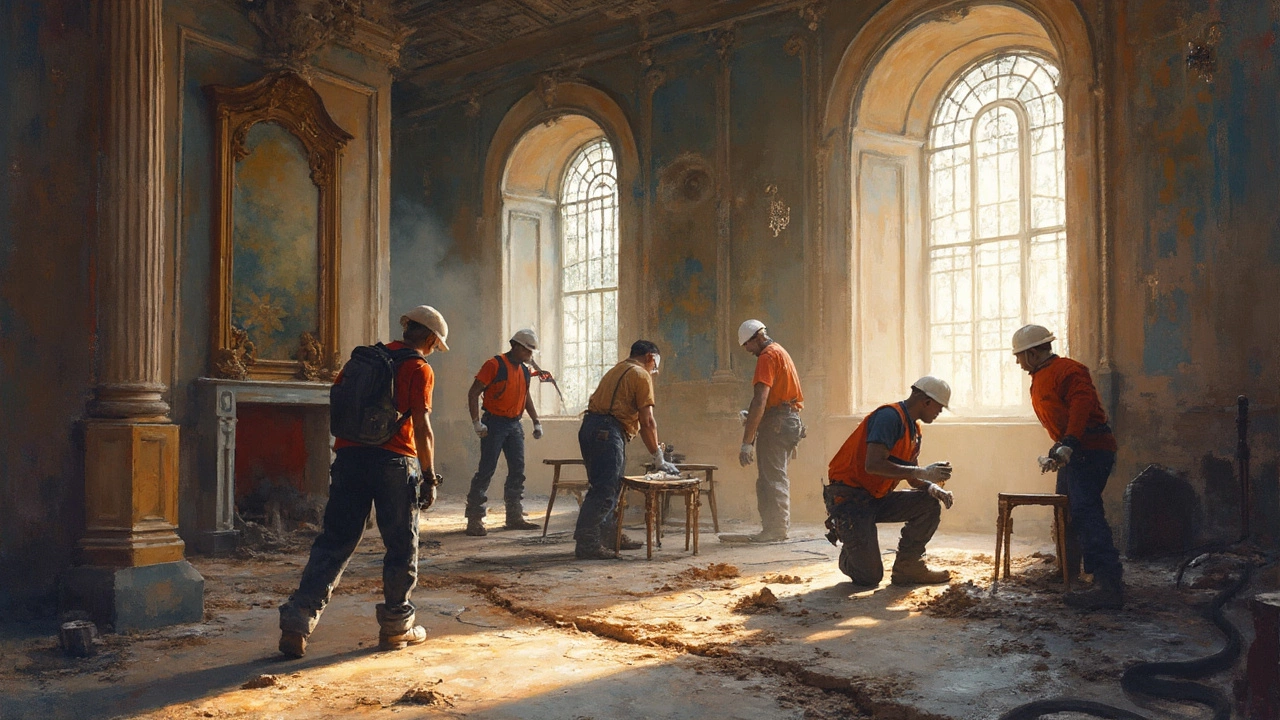
DIY vs. Professional Help
When faced with a foundation repair task, the first question is whether you should try to fix it yourself or call in the pros. Both options have pros and cons, and the right choice often depends on the crack's severity and your handiness level.
When to Go DIY
If it's a minor, non-structural crack, you might consider repairing it yourself. DIY repair kits designed for small cracks are available at many home improvement stores. These kits typically include epoxy or polyurethane foam that you inject directly into the crack.
Here's a quick rundown on when DIY might work:
- The crack is thinner than 1/4 inch and doesn't show signs of growing larger.
- There's no water leakage or moisture problems.
- The foundation isn't visibly sagging or settling.
- You're comfortable with basic tools and following instructions.
Steps for DIY Foundation Repair
- Purchase a quality repair kit.
- Read through the entire instruction manual provided.
- Clean the cracked area thoroughly with a wire brush or vacuum.
- Ensure the area is dry before applying the kit materials.
- Inject the epoxy or polyurethane according to the kit’s directions.
When to Hire the Pros
On the flip side, if the crack is significant or you see signs of structural issues like doors sticking or floors slanting, it's best to contact a professional. They're equipped to handle complex repairs that might involve foundation underpinning, sealing, or leveling.
Benefits of going professional:
- They have the expertise to assess the entire scope of the problem.
- Professionals provide warranty on their repair work.
- They can ensure compliance with local building codes.
- Professional grade materials and tools lead to a more durable fix.
And just to give you some perspective, here's a little data:
| Type of Repair | DIY Cost | Professional Cost |
|---|---|---|
| Small Crack | $20 - $100 | $400 - $800 |
| Major Repair | N/A | $2,000 - $10,000 |
Remember, fixing the foundation goes beyond aesthetics. The safety and long-term value of your home depend on getting it right. When in doubt, it's usually wiser to opt for professional help, ensuring the integrity of your home remains solid.
